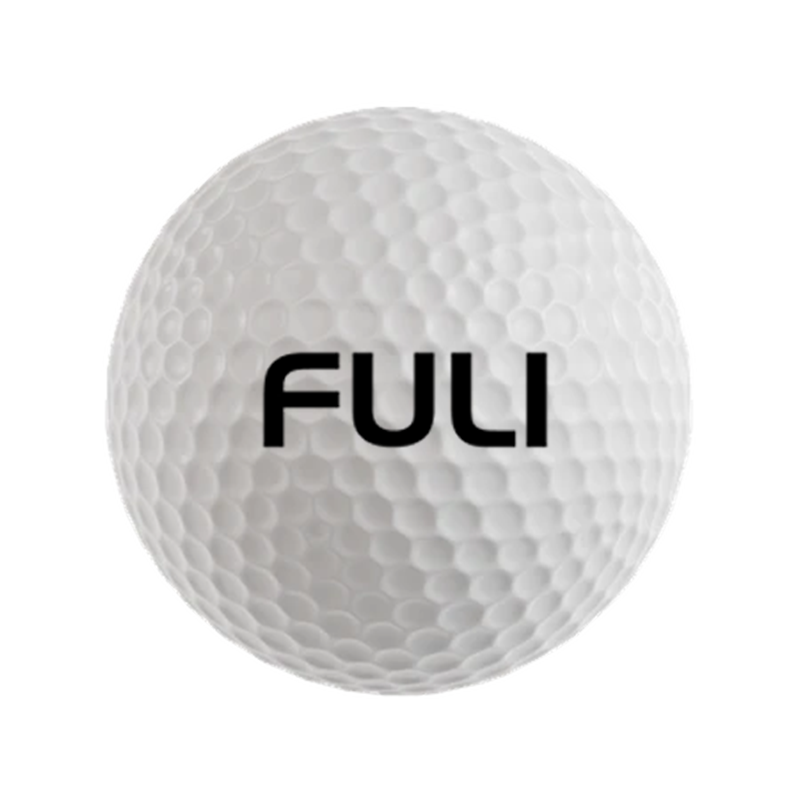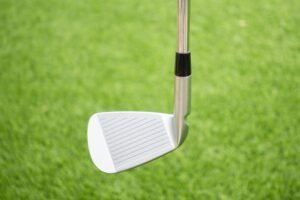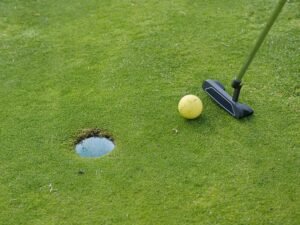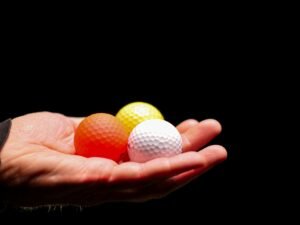
I hope you enjoy reading this blog post.
If you are looking professional golf manufacturer.
The Evolution Of Golf
February 6, 2025

The game of golf, with its elegant posture and unique charm, is loved all over the world. What many people may not know, however, is that golf has had a long and interesting evolution from its inception to what it is today.
The Origin Of The Rustic Ball: Stone And Wood Ball
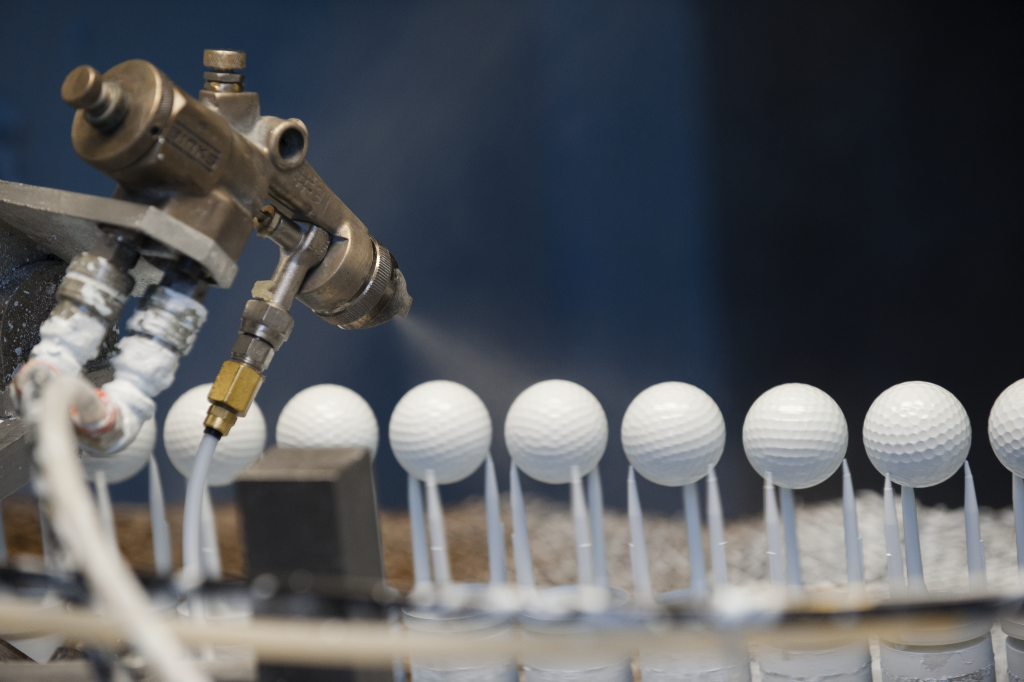
The origins of golf can be traced back to the distant past. In the ancient lands of Scotland, shepherds graze in the open meadows.
When bored, he will pick up the round pebbles by the beach. Use a sheep stick or board in your hand to beat these stones into rabbit holes or other target holes to pass the time. They even compete with each other to see who can hit the stone more accurately and quickly into the hole.
This seemingly simple pastime is the original prototype of golf. And those pebbles can also be said to be the “ancestor” of golf.
Over time, by the 14th to 17th centuries, golf in its true sense began to appear. Golf balls were crafted from beech wood or boxwood roots. The wooden golf balls have been used for recreational purposes on the east coast of Scotland since the 15th century.
But the wooden ball has many defects and its hardness is limited. When hitting the ball, not only the flight distance is short, but also the accuracy is difficult to control. It is difficult for players to hit the ball in the desired position as they wish.
Explore Feathery Golf Balls
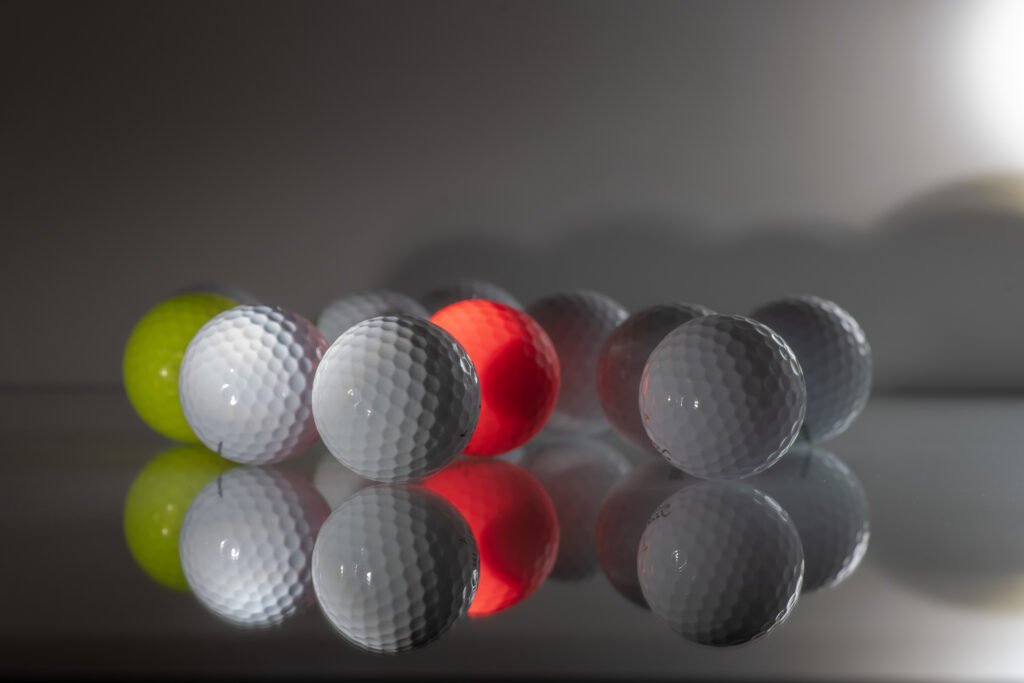
In the 17th century, feathered golf balls came out and brought an important change to the development of golf.
The production process of this kind of ball is extremely elaborate, the craftsmen first carefully cut cow or horse skin into a hemispherical ball. The steamed wet goose feathers are then stuffed into the hemispheres as tightly as possible, and the two hemispheres are carefully stitched together.
When the leather and goose feather are completely dry, the leather will naturally shrink. The goose feather expands to form a hard, firm golf ball.
Feather golf ball has a significant improvement in performance compared with wood ball, it has better elasticity, longer flight distance, and can meet the players’ pursuit of higher hitting effect.
However, it also has obvious disadvantages. Due to the complexity of the production process, the craftsmanship of the artisans is extremely demanding. So the production cost was very high, and only a few aristocrats and rich people could afford to use it.
In addition, feathered golf balls tend to absorb moisture and become soft in rainy days, and the stitched thread is also easy to break. This leads to the ball often broken in the flight process, which greatly affects the player’s experience and the normal progress of the game.
Gutta Rubber Balls Driven By Industrialization
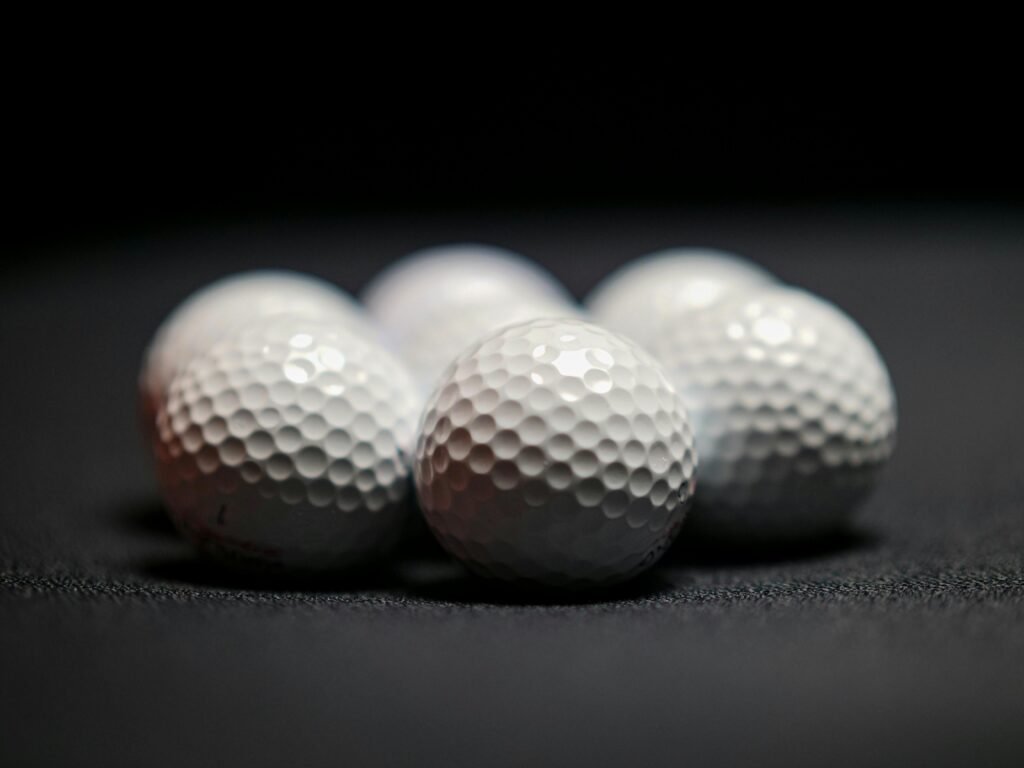
In the mid-19th century, the wave of the Industrial Revolution swept through. For the development of golf injected new vitality, Guta rubber ball came into being.
Guta gum balls are mainly made of guta gum extracted from Guta trees. This material has a unique elasticity, when the ball is hit, it can produce a good rebound. The maximum distance after the shot is comparable to that of modern golf.
The surface of the early Guta rubber ball is smooth, and it is easy to be affected by air resistance during flight, resulting in unstable flight trajectory. Then, the smart players figured it out. A ball with a grain surface can fly farther with less air resistance.
As a result, manufacturers began to produce new balls with raised spots on the surface. The design of these bumps effectively improves the flight performance of the ball, making the flight of the ball more stable and controllable.
Big Break For The Haskell Ball
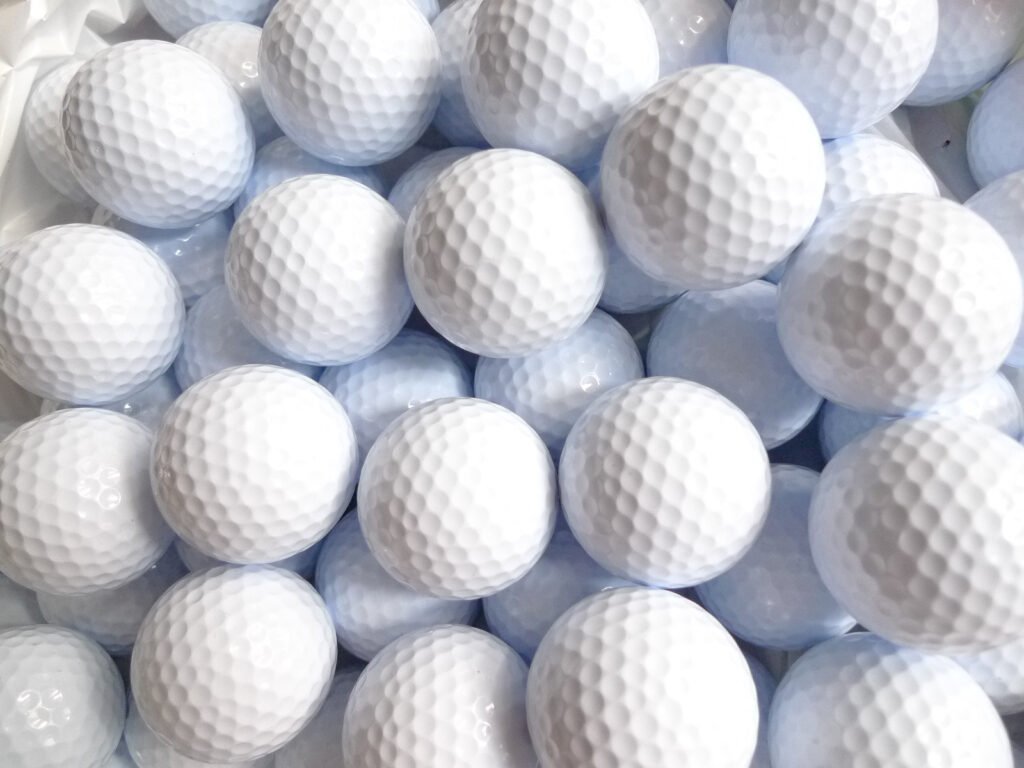
In 1898, the birth of the Haskell ball marked a major breakthrough in the history of golf. The Haskell ball has a new structural design, which is divided into two levels.
The core is a solid rubber tightly wrapped by a high pressure glue thread, which provides great elasticity and strength, allowing the ball to achieve greater initial speed when struck.
The shell is wrapped with Guta tree rubber, which not only ensures the durability of the ball, but also further optimizes the flight performance of the ball.
Compared with the previous Guta rubber ball, the advantages of the Haskel ball are very obvious. Its design allows the ball to make better use of aerodynamic principles during flight, reducing air resistance and obtaining a more stable flight trajectory.
It is more conducive to the player’s serving and control of the ball, which greatly improves the player’s batting experience and competitive level.
The Maturity And Norms Of Modern Golf
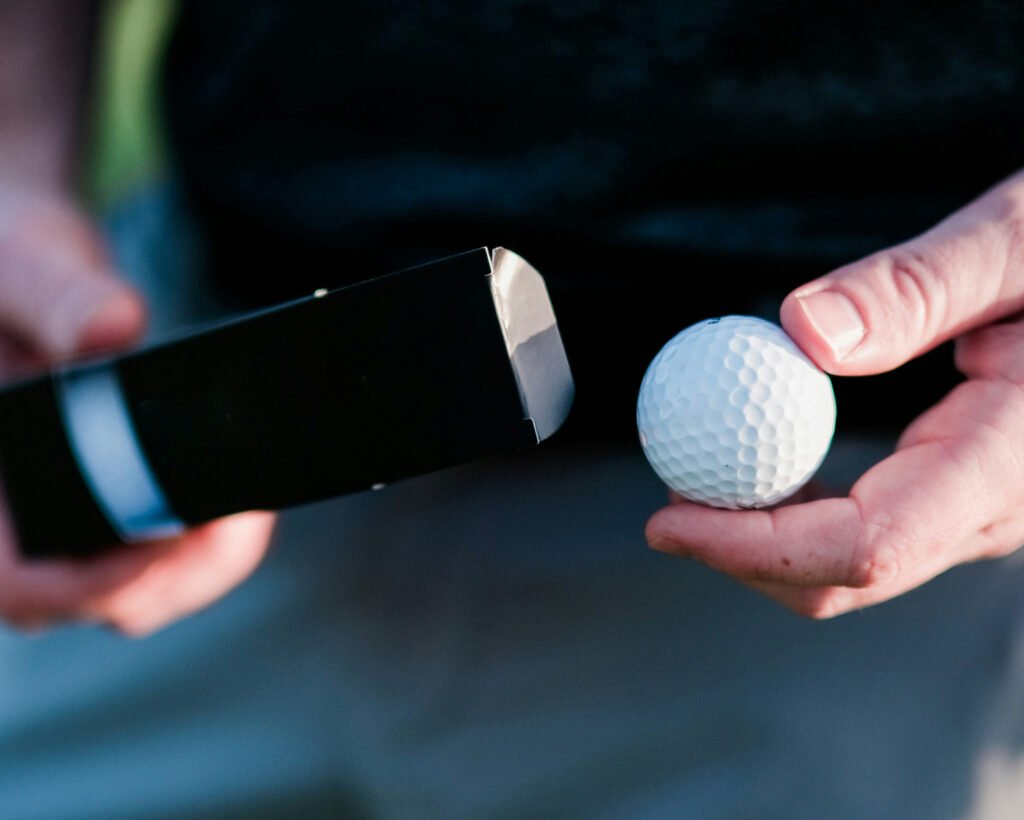
In the early 20th century, a new discovery was made in the study and practice of golf balls – the indentation on the surface of the ball can better control the trajectory, flight and rotation of the ball.
After continuous experimentation and improvement, by the 1940s. The dented golf ball was successfully developed and quickly took a mainstream position in the golf market.
The design of these dents may seem simple, but there is a deep scientific principle behind it. They are able to form a thin turbulent boundary layer on the surface of the ball as it flies. Reducing air resistance while increasing the lift of the ball allows the ball to fly farther and more steadily.
With the rapid development of science and technology, around the 1960s, new plastic materials appeared. These plastic materials have better durability and cutting resistance than traditional rubber.
This material change has made the production of golf balls more diverse. There are golf balls with different structures such as single layer, double layer, three layer ball and even four layer ball and five layer ball on the market.
Different layers of balls have their own characteristics in performance to meet the needs of players at different levels. For example, single-layer balls are usually simple in structure, low in price and suitable for beginners.
The multi-layer ball achieves the perfect balance of hardness, elasticity and durability through the combination of different materials and structures. It can meet the high requirements of high-level players for flight stability, distance and control performance of the ball.
In the course of the continuous development of golf, its standards are gradually standardized.
Authoritative organizations such as the United States Golf Association (USGA) and the Royal and Ancient Golf Club of St. Andrews have made clear regulations on the size and weight of golf balls.
For example, the USGA stipulates that a golf ball must have a diameter of no less than 42.67mm, a weight of no more than 45.93g, and a regular symmetrical shape. The development of these standards ensures the uniformity and fairness of golf on a global scale.
Allowing players from different regions to play under the same rules and conditions has contributed to the international development of golf.
From the earliest pebbles to today’s high-tech modern golf ball, the evolution of golf has witnessed the continuous progress of human wisdom and technology.
Every change and innovation has brought new vitality and charm to the game of golf. Let this ancient sport still exudes a unique brilliance in modern society.
I believe that in the future, with the further development of science and technology. Golf will continue to evolve and innovate to bring an even greater experience to golf lovers.
FAQS
How do I choose the right golf ball for my skill layer?
Beginners should start with two-layer balls for ease of use and affordability. Intermediate players might benefit from three-layer balls for better control.
Advanced players can explore four or five-layer options to enhance their performance.
Are more layers always better?
Not necessarily. While more layers can offer advanced performance features, they may not be suitable for every player.
Beginners might find multi-layer balls harder to control, while more experienced golfers can benefit from the added complexity.
What is Fuli lead time?
Usually, we ship orders in 2 weeks. But it will take a little longer if we have the heavy burden of production tasks. It also takes more time for customized products.
Can the weather affect the choice of golf ball?
Absolutely. In colder weather, a softer ball might provide better feel, while in warmer conditions, a firmer ball might maintain distance better.
Additionally, wet conditions may call for balls that offer better traction and control.
How often should I change my golf balls?
Golf balls should be replaced if they show visible signs of damage (scrapes, cuts) or if you notice a decline in performance.
Regular players may want to change balls every few rounds, while casual players can go longer.
Leave a Reply
Your email address will not be published. Required fields are marked *
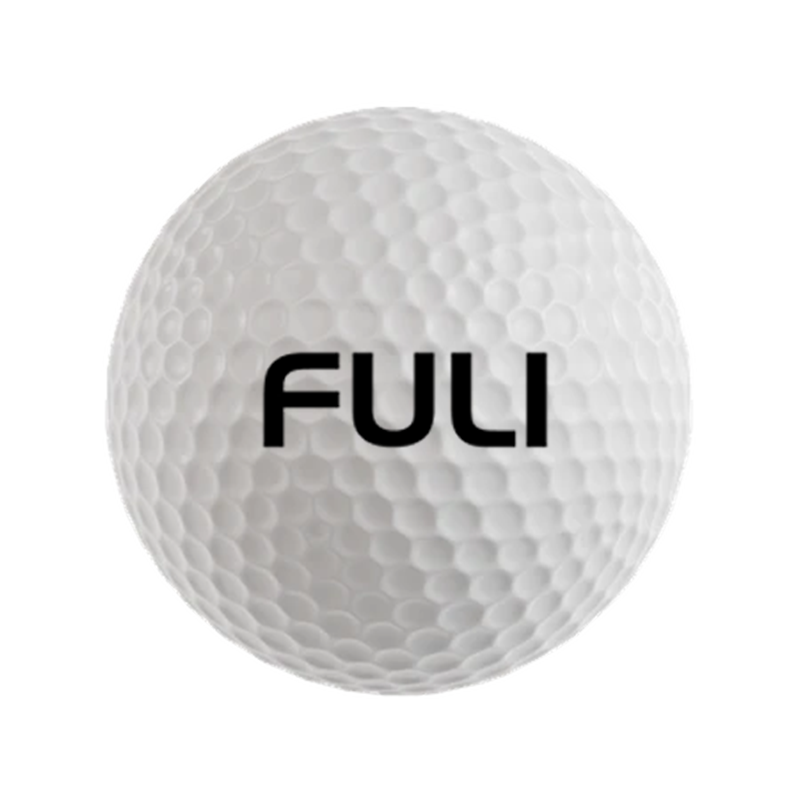
Are you looking for
GOLF BALL?
Offers Suitable Golf For Wholesalers And Professionals

